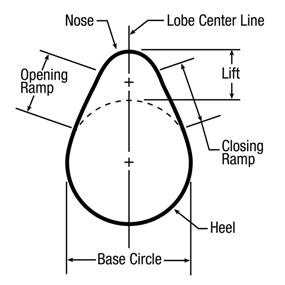It's been ages since I've worked with these ideas, but there's some discussion starting at post 144 here from when i built my first 2FE:

 forum.ih8mud.com
forum.ih8mud.com
Post 230 by FJ40Jim will be of note for you too.

improving flow for the 3FE’s top end
Thanks guys!! I really hope it turns out to be worth it in the end (I know it will be, and it's fun to poke around with when I have the time, but it does drag on). Still haven't figured if this will go on the 3FE in my rusty rig, or end up on top of the 2F planned for the next rig. If it goes on...
 forum.ih8mud.com
forum.ih8mud.com
Post 230 by FJ40Jim will be of note for you too.
Last edited:


